
Nikita Bohra
Posted On : Sep 8 2020
Unmasking the Abu Sayyaf Group: Origins, Operations, and Counterterrorism Efforts
In the shadowy realm of global terrorism, few groups have garnered as much infamy as the Abu Sayyaf Group (ASG). Emerging from the complex socio-political landscape of the Philippines, ASG has left a trail of violence and fear in its wake. This article delves into the origins, operations, and counterterrorism efforts aimed at dismantling this notorious extremist organization.
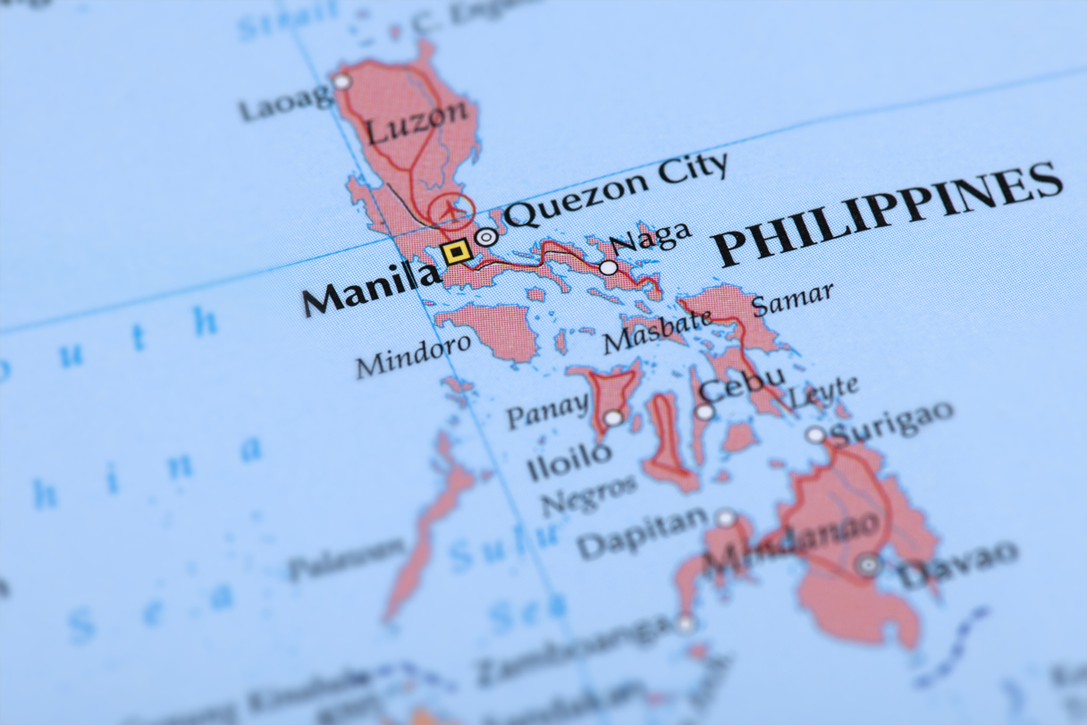
Origins and Ideological Underpinnings
The Abu Sayyaf Group was founded in the early 1990s, primarily by a faction of the Moro National Liberation Front (MNLF) seeking to establish an independent Islamic state in the southern Philippines. Drawing inspiration from a blend of Islamic fundamentalism and separatist sentiments, ASG aimed to carve out an independent Islamic territory within the predominantly Christian Philippines.

The group's name, "Abu Sayyaf," translates to "Bearer of the Sword" in Arabic, epitomizing their embrace of militant tactics to achieve their goals. While initially espousing a separatist agenda, ASG's ideology evolved over time, becoming more focused on criminal activities, including kidnapping for ransom and other illicit endeavors, which helped fund their operations.
Operations and Tactics
ASG's operations have been characterized by their brutal tactics and audacious attacks, which have left a lasting mark on the Philippines and the broader region. Kidnappings for ransom have been a central modus operandi, with the group targeting foreign tourists, sailors, and workers. These abductions have often led to protracted hostage situations, garnering significant media attention and yielding substantial ransom payments that fuelled the group's activities.
Beyond kidnappings, ASG has engaged in bombings, assassinations, and ambushes. The group's capacity to orchestrate sophisticated attacks, sometimes in collaboration with other extremist organizations, has enabled them to maintain their grip on the region. While their methods have evolved, their commitment to violence remains a constant, challenging the security apparatus of both the Philippines and neighbouring countries.
Counterterrorism Efforts
The threat posed by ASG has prompted robust counterterrorism efforts by the Philippines and its international partners. The Philippines has deployed military and law enforcement resources to combat the group, with varying degrees of success. These efforts have included targeted operations to apprehend key ASG leaders and disrupt their logistical and financial networks. International cooperation has also played a pivotal role in countering ASG. The United States, Australia, and Southeast Asian nations have provided intelligence sharing, training, and technical assistance to bolster the Philippines' capacity to counter the group's activities. Regional initiatives such as the ASEAN Defence Ministers' Meeting (ADMM) Plus have facilitated collaboration among member states to address the cross-border challenges posed by ASG and other terrorist organizations.
Challenges and Implications
Despite concerted efforts to dismantle ASG, significant challenges persist. The group's ability to adapt and exploit local grievances, coupled with the difficult terrain of the southern Philippines, has made it a resilient adversary. Poverty, underdevelopment, and marginalization have also provided fertile ground for recruitment, allowing ASG to replenish its ranks even as key members are neutralized.
The interconnected nature of extremist groups in Southeast Asia further complicates the fight against ASG. Links with organizations like Jemaah Islamiyah and the Maute Group underscore the need for a comprehensive regional approach to counterterrorism. Addressing the ideological underpinnings that drive individuals to join ASG, as well as addressing the socio-economic conditions that sustain its existence, will be critical in the long-term struggle against the group.
Conclusion
The Abu Sayyaf Group's evolution from a separatist movement to a criminal enterprise with a penchant for violence highlights the complex and ever-evolving nature of terrorism. As governments and international partners continue their efforts to counter ASG, it is essential to recognize the interconnected challenges posed by extremist ideologies, regional cooperation, and socio-economic conditions.
The road ahead is fraught with challenges, but by addressing the root causes of extremism, enhancing intelligence sharing, and fostering regional collaboration, it is possible to diminish ASG's influence and bring greater stability to the Philippines and its neighbors. As the fight against the Abu Sayyaf Group continues, it serves as a reminder that the battle against terrorism requires both determination and a multifaceted approach.







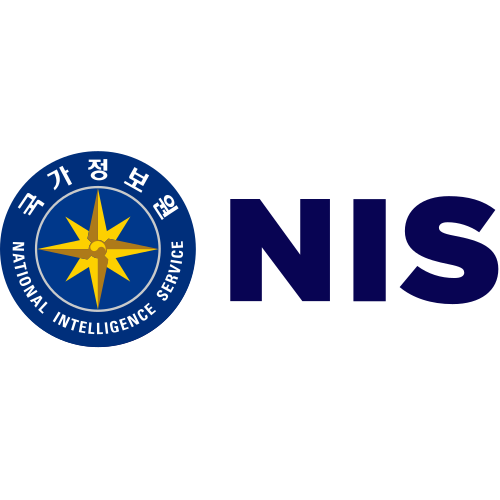
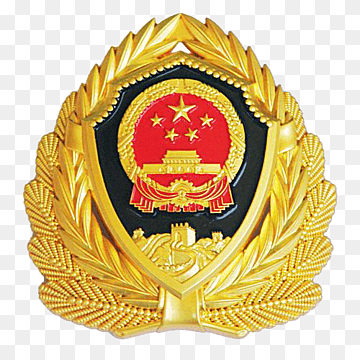



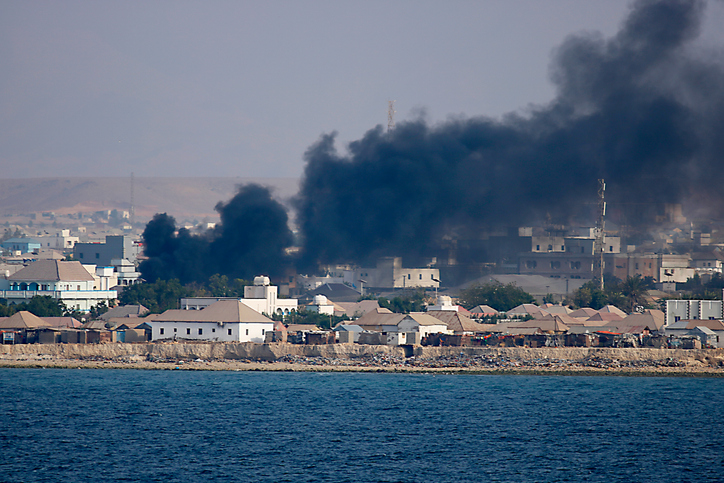


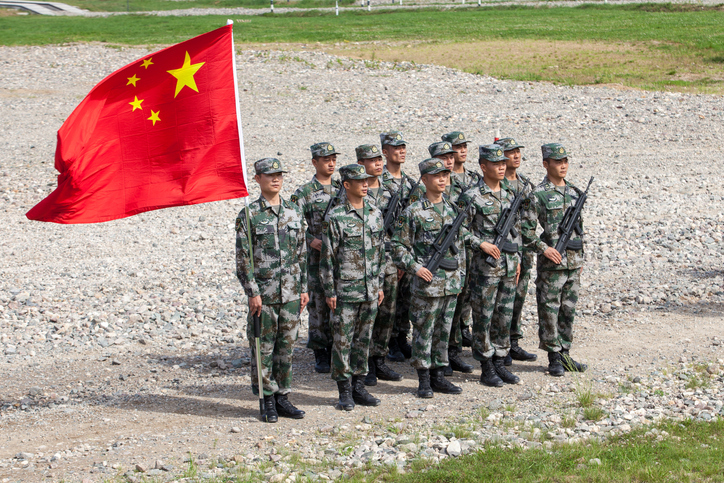
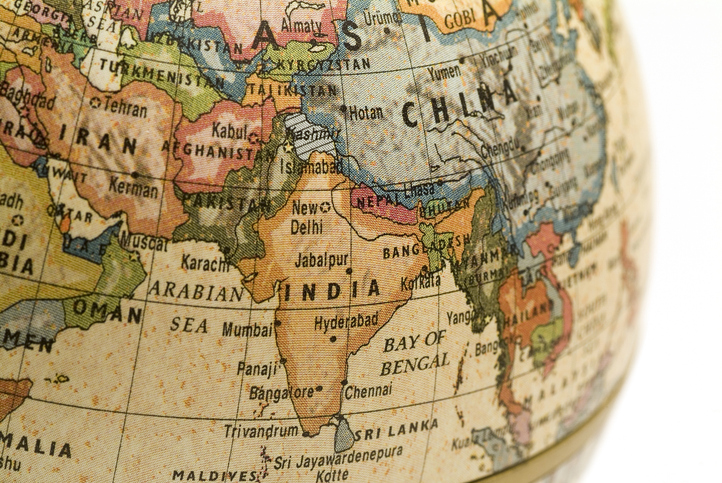

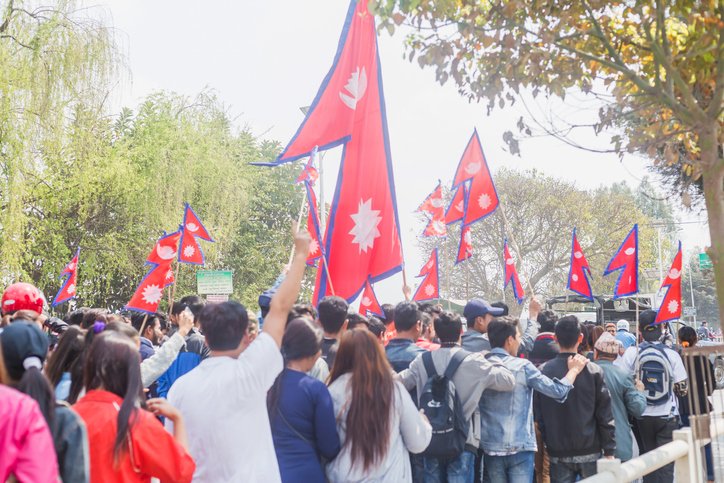

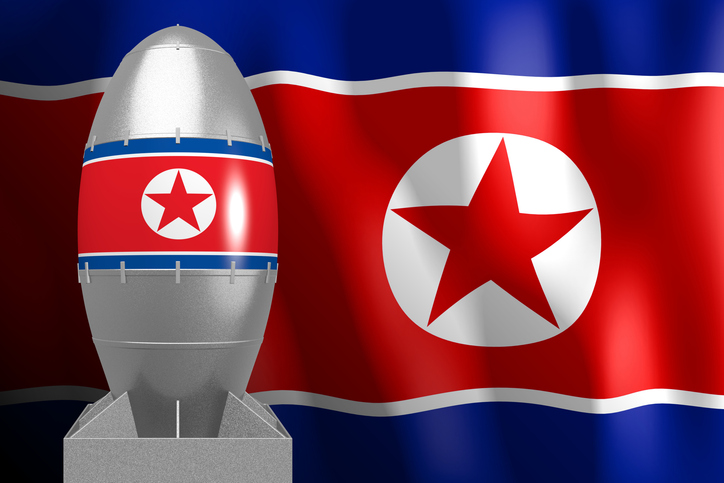
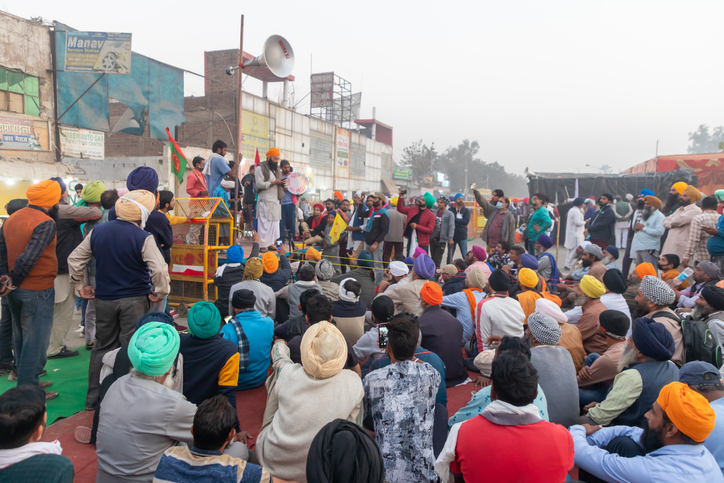
bohra7
Good Information